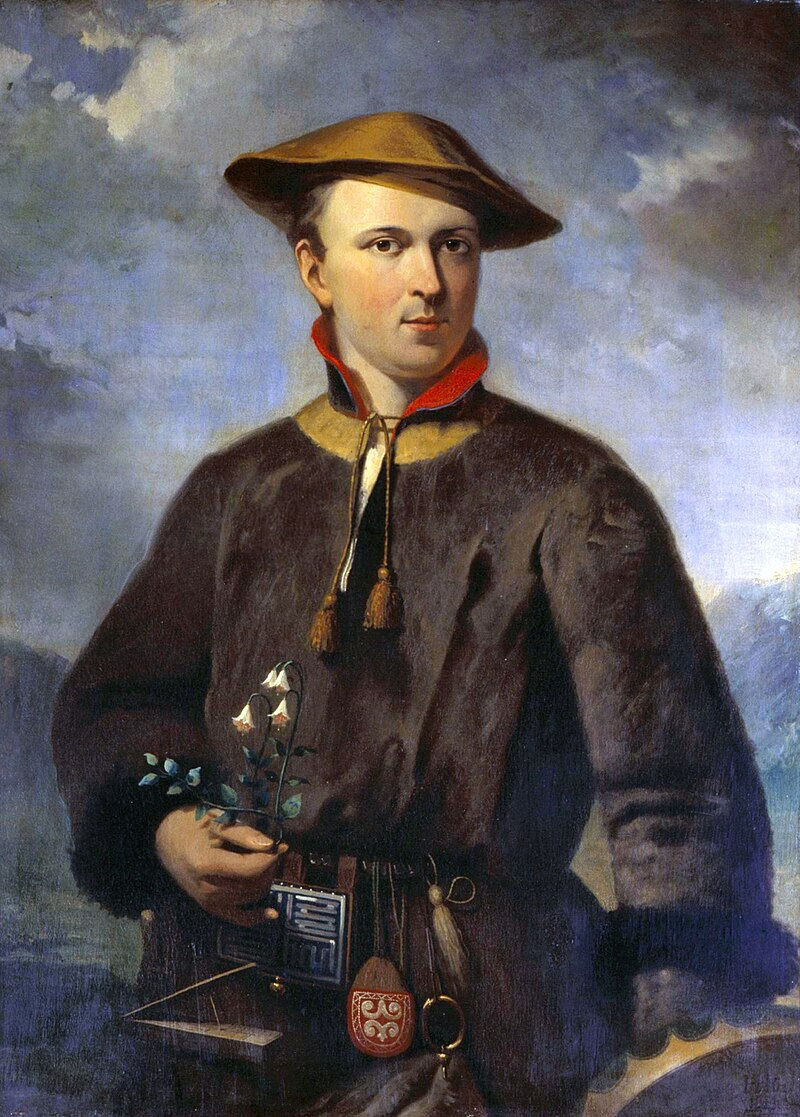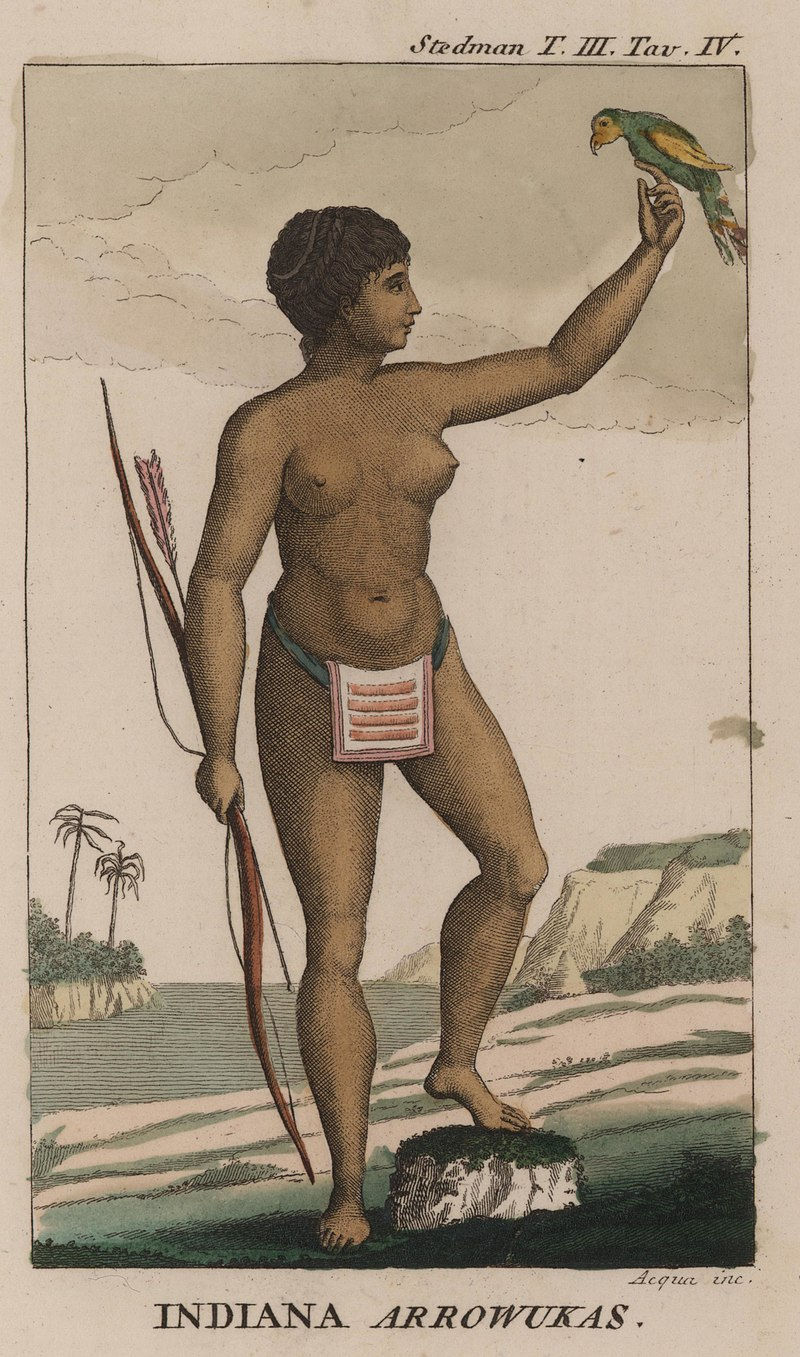Words for birds: investigating birds and their names in Amazonia
- IBCP
- Feb 17
- 4 min read
Updated: Feb 19
17 February, 2025
By Nico Arcilla and Benjamin Salazar Samecash

The Hoatzin (Opisthocomus hoazin), whose chicks have claws in their wings, is endemic to Amazonia and northern South America. Photo by Kate UK, CC BY-SA 2.0, via Wikimedia Commons.
What’s in a name? Romeo raises this question in Shakespeare’s famous tragedy, Romeo and Juliet, questioning the importance of names and family alliances. We raised this question in the context of indigenous Amazonian names for birds, both as individual species and as members of family groups. The answers we found are presented in a new publication co-authored by IBCP working together with Aguaruna (hereafter, Awajún, as native speakers prefer) colleagues in indigenous Amazonian territories in northern Peru.

Oscar Tsamajain Shiwig, a co-author of our recent publication, with his son in Alto Wawas, an indigenous Amazonian territory included in our bird studies. Photo by Nico Arcilla.
Birds are highly significant in Awajún culture, to the point where some villages may take their names from birds, such as Saasa, an Awajún community named after the Hoatzin. The Hoatzin’s English name appears to originate in an Aztec language, Nahuatl, whereas the Hoatzin’s Awajún name may come from local people’s attempts to imitate its vocalizations.

Carl Linnaeus, the father of modern taxonomy, established a universal system of naming organisms that is used throughout the world today. Portrait by Hendrik Hollander, 1853.
In addition to names that stem from human imitations of their vocalizations, like the Killdeer and Chuck-will’s-widow, many bird names stem from traditional knowledge and beliefs. The standard convention of using scientific names stems from the pioneering work of Swedish naturalist Carl Linnaeus to allow speakers of different languages to communicate about the same species. For example, the bird Linnaeus and his fellow Swedes knew by the name gärdsmyg, which can be interpreted as “one who sneaks around the fence,” was known to Germans as the Zaunkönig, or “king of the fence,” and to the English as the Wren.

The Eurasian Wren’s fondness for fences is reflected in both its Swedish and German names. Photo by Nils-Fredrik Nilsson.
The origins of the wren’s English name are not clear but may derive from the Old Norse rindill, roughly meaning “little tail,” a possible reference to the fact that the wren’s tail is conspicuously cocked upward, a near-unique feature among European birds. Given its extensive range across Europe and Asia, the wren has dozens of common names in different languages. Linneaus gave the wren the scientific name Troglodytes troglodytes, possibly inspired by its French name, troglodyte mignon, which can be translated as “cute cave-dweller,” perhaps reflecting the bird’s use of crevices and natural cavities as nest sites.

The wren’s English name may derive from Old Norse. Photo by Nils-Fredrik Nilsson.
In Awajún cosmology, birds were people before they became birds, and serve as intermediaries between the natural and supernatural worlds. Traditionally, the Awajún people have had a close relationship with birds, whom they consider to have participated directly in the development of their culture. For example, Teésh, the Yellow-rumped Cacique (Cacicus cela), is featured in folklore as playing a crucial role in rescuing the people from a mythical crab demon, the Unkáju, that violently oppressed the Awajún people.

A representation of the Unkáju, the mythical crab demon that tormented the Awajún people until birds came to the rescue. Photo courtesy of José Lirio Yangua.
Liberation from the Unkáju, the legend goes, came not through the efforts of the biggest, strongest animals, like the jaguar, but after a strategy meeting called by the birds. The birds instructed the small, terrestrial animals to secretly dig tunnels underneath their enemy’s stronghold. Then, when the signal was given, all the small animals acted in unison to open their tunnels’ floodgates, quickly draining the water that had protected that crab demon from harm and exposing his heart, which the cacique used his sharp bill to destroy.

Awajún legend tells that Teésh, the Yellow-rumped Cacique, killed the crab demon Unkáju, liberating their people. Photo by Nico Arcilla.
The cacique’s English name appears to have come through Spanish from the Caribbean languages of Taino (kasike) and Arawak (kassequa), meaning “chief” or “boss.” During the colonial era in the New World, the Spanish used the word cacique across their territories to refer to indigenous leaders. While it no explanation is known for the extension of the “chief” title to this bird, it is consistent with the Awajún legend crediting their epic rescue to its leadership.

Arawak woman with parrot. Painting by John Gabriel Stedman, 1818
To celebrate their victory over the Unkáju, everyone danced. Achayap, the Golden-headed Manakin, was the best dancer of them all, and their performance made Etsa, the sun god, smile down on them with joy, compassion, and tenderness. Another legendary rescue of the Awajún people accomplished by birds concerned the voracious demon, Ajaim, who greedily gobbled up all the birds of the air and fish in the rivers. Ajaim’s reckless gluttony threatened them with mass starvation – that is, until a team of birds lifted him up and carried him away over the mountains, removing him forever from their home! So strong is the Awajún love of birds that children are named after them, such as Achayap and Súgka, the Andean Cock-of-the-rock. So, what are some Awajún responses to the question, what’s in a bird’s name? The answers that emerge include teamwork, bravery, heroism, fantastic expressions of joy – and, naturally – extraordinary beauty.

Andean Cock-of-the-rock (Rupicola peruviana). Photo by Bill Bouton, CC BY-SA 2.0, via Wikimedia Commons.

Comments